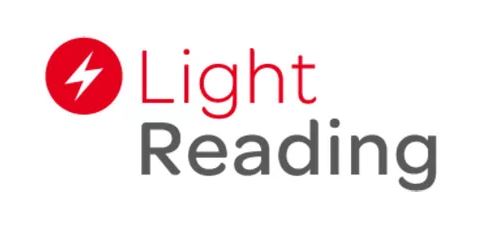CBRS auction creates challenges, opportunities for utility companies
The federal government’s commercialization of CBRS spectrum is creating private network opportunities for a number of industries, but for the utility industry the FCC’s move to auction this midband spectrum is not entirely good news. That’s because many utilities are already using this spectrum.
Utilities have been building their own communications networks for decades to enable emergency response and service restoration, especially in rural areas where commercial networks may not provide adequate coverage. As telecommunications moved to wireless technology, so did utility telecom networks, and many of these were built using WiMax equipment in the 3550-3650MHz (3.65 GHz) part of the CBRS band.
Now, utilities have until October 17 to make their network equipment for this spectrum compliant with the FCC’s Part 96 rules for CBRS. (The FCC originally set this deadline for April 17, 2020, but the industry asked for more time and the agency agreed.)
“Many utilities will need to replace their WiMax equipment with entirely new Part 96 compliant equipment,” the Utilities Technology Council (UTC) said in a statement. The group represents the nation’s utility companies on policy and technology matters. “While the Part 96 rules for CBRS allow for incumbent licensees to use low cost proxy controller devices to interconnect with the Spectrum Access System (SAS), as a practical matter, much of the WiMax equipment that they currently use is not supported with proxy controllers in the commercial market.”
But the commercial wireless network equipment market is very ready to support CBRS networks, with a growing list of vendors certified to sell equipment in the band. A large part of the demand for these offerings currently comes from utilities, energy companies and wireless Internet service providers that need to upgrade their networks by October.
In addition to the cost of new equipment, many energy and utility companies are budgeting for the cost of CBRS spectrum licenses.
To read the complete article, visit Light Reading.

















